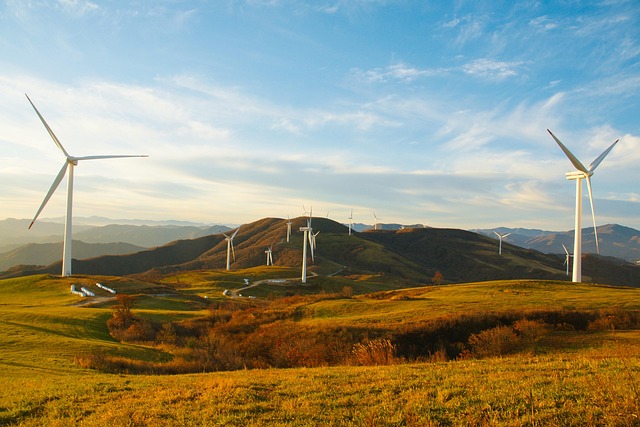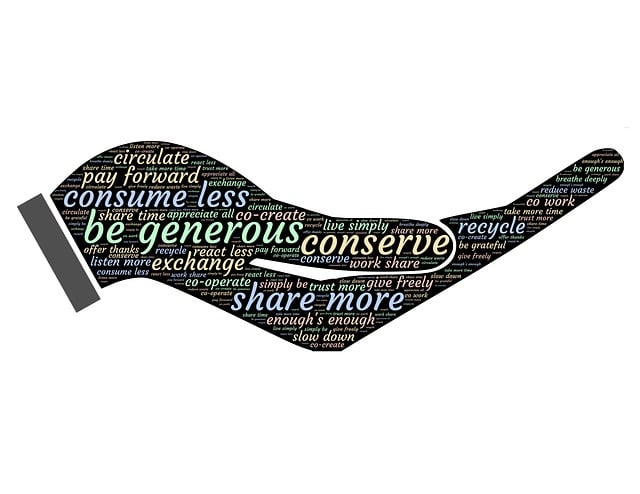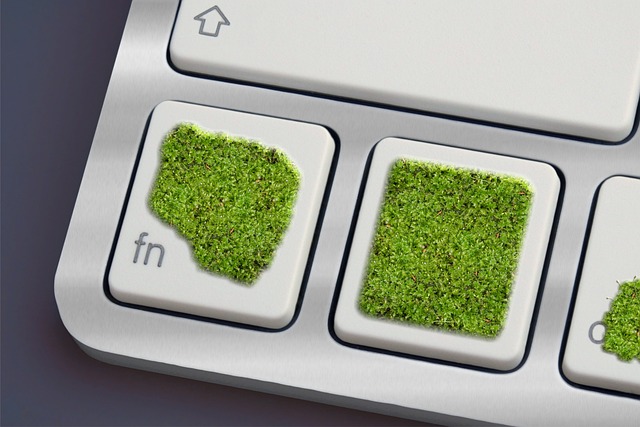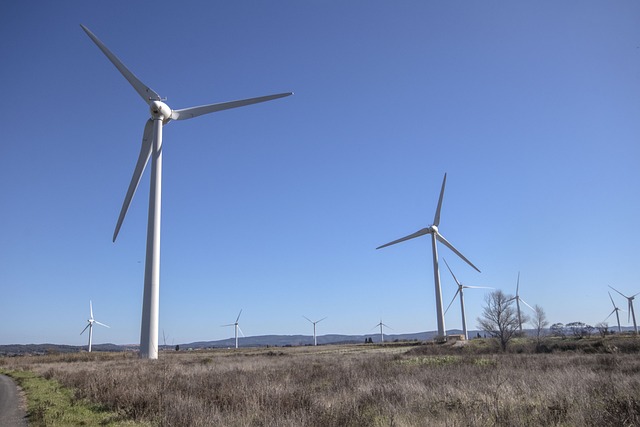Green buildings revolutionize real estate by prioritizing sustainability and cost-effectiveness through innovative design and technology. Efficient energy use, water conservation, and reduced carbon emissions lower maintenance costs and operational expenses. Eco-friendly practices like natural lighting, smart HVAC systems, and waste management minimize environmental impact while increasing property value. Upgrading to energy-efficient appliances and sustainable materials offers financial benefits and enhances market appeal. Embracing eco-friendly practices in real estate promotes both financial success and environmental responsibility.
In today’s environmentally conscious world, real estate investors are increasingly turning to sustainable practices to lower maintenance costs and shrink their environmental footprint. This article explores three key strategies: green buildings, efficient systems, and eco-friendly practices. By implementing these approaches, property managers and owners can achieve significant long-term savings while contributing to a greener planet. Discover how these innovations not only reduce overhead expenses but also enhance the appeal of properties in the competitive real estate market.
Green Buildings: Reducing Costs and Carbon Footprint

Green buildings are revolutionizing the real estate landscape by offering significant advantages in terms of both cost and environmental impact. Through the integration of sustainable design principles, materials, and technologies, green structures achieve energy efficiency, water conservation, and reduced carbon emissions—all key factors in lowering maintenance costs.
By utilizing natural lighting, efficient insulation, and smart HVAC systems, these buildings minimize energy consumption, leading to substantial savings for owners and tenants alike. Additionally, green building practices often incorporate sustainable waste management, water recycling, and the use of eco-friendly materials, further reducing operational expenses and minimizing their environmental footprint.
Efficient Systems: Long-Term Savings in Real Estate

Efficient systems play a pivotal role in reducing maintenance costs and minimizing the environmental footprint within real estate properties. By implementing modern, energy-efficient appliances and infrastructure, buildings can significantly lower their operational expenses over time. These systems not only consume less energy but also require less frequent repairs and replacements, leading to substantial long-term savings for property owners.
Moreover, environmentally friendly technologies integrated into these efficient systems contribute to a greener real estate sector. Solar panels, smart thermostats, and water conservation mechanisms are just a few examples that can decrease a property’s carbon footprint. Such initiatives not only benefit the environment but also appeal to eco-conscious tenants and buyers, enhancing the overall value of the asset in today’s market.
Eco-Friendly Practices: Lowering Overhead Expenses

In the realm of real estate, adopting eco-friendly practices isn’t just a trend; it’s a strategic move to lower overhead expenses and maintenance costs while contributing to a greener environment. Simple changes like switching to energy-efficient appliances, LED lighting, and smart thermostats can significantly reduce utility bills. For instance, these technologies consume less electricity, thereby cutting down operational costs for property managers and landlords.
Additionally, incorporating sustainable materials and construction methods during renovations or new builds can further minimize maintenance expenses in the long run. Eco-friendly buildings are designed to withstand weather changes, reduce water wastage, and enhance air quality, all of which lower the frequency and cost of repairs. Thus, real estate investors and property owners can achieve a balance between environmental stewardship and economic viability.






